Morel mushrooms (genus Morchella) represent some of the most coveted wild edible fungi in the world. Their distinctive honeycomb-patterned caps, earthy flavor, and elusive nature have made them a prize for foragers and gourmets alike. But what many casual mushroom hunters don't realize is that "morels" aren't just one type of mushroom—they're a diverse group with numerous species, each with unique characteristics, habitats, and growing seasons.
In this comprehensive guide, we'll explore the various types of morel mushrooms found across North America and beyond, helping you understand their classification, identifying features, and where you might find them. Whether you're a seasoned forager or a curious beginner, this knowledge will enhance your morel hunting adventures and deepen your appreciation for these remarkable fungi.
Morel Taxonomy: The Science Behind the Species
Modern DNA analysis has revolutionized our understanding of morel mushroom diversity. What was once thought to be just a few species with considerable variation has now been revealed to be a complex family tree with dozens of distinct species.
The Three Major Clades
Morels are divided into three main evolutionary groups or "clades":
-
Esculenta Clade (Yellow Morels): This group contains approximately 5 species in North America, characterized by their yellowish to tan coloration.
-
Elata Clade (Black Morels): This diverse group contains about 12 species in North America with typically darker coloration and vertical ridges on their caps.
-
Rufobrunnea Clade (Blushing Morels): The smallest group with only two known species worldwide, including Morchella rufobrunnea and Morchella anatolica. These unusual morels are known for producing salmon pink-orangish to rusty brown bruising when handled.
This classification system helps scientists and foragers understand the relationships between different morel species and how they evolved over time.
Yellow Morels (Esculenta Clade)
Yellow morels are perhaps the most widely recognized and sought-after group. They typically appear later in the morel season than black morels and are prized for their meatier texture and milder flavor.
Morchella americana (Common Yellow Morel)
Characteristics:
- Cap is typically egg-shaped or rounded
- Random honeycomb pattern (not vertically aligned)
- Color ranges from cream to tan to yellowish-brown
- Usually larger than black morels
- Hollow stem that's white to pale yellow
Habitat: Morchella americana is found in hardwood forests, associating with trees such as cottonwood, ash, and elm. They have a particular fondness for old apple orchards and areas with dying elm trees.
Season: Mid to late spring, typically after the black morels have begun fruiting.
Morchella esculenta (European Yellow Morel)
Characteristics:
- Very similar in appearance to M. americana
- Cap is more rounded with irregular pits
- Color ranges from light cream to yellowish-brown
Habitat: Mainly found in chalky woodlands but occasionally appears on disturbed soil in gardens across Europe.
Note: For many years, North American yellow morels were classified as M. esculenta, but DNA analysis has shown that true M. esculenta is primarily a European species. Many morels previously identified as M. esculenta in North America are now classified as M. americana.
Morchella prava (Northern Yellow Morel)
Characteristics:
- Distinguished by its light yellow ridges and dark gray pits
- Often quite tall with a long stem compared to the cap
- Prefers sandy soil around bodies of water
Habitat: Grows across the northern US and southern Canada, typically near water bodies.

Black Morels (Elata Clade)
Black morels typically emerge first in the spring and have a more complex, intense flavor than yellow morels. They're characterized by predominantly vertical ridges on their caps.
Morchella angusticeps (Eastern Black Morel)
Characteristics:
- Conical cap with predominantly vertical ridges
- Darker coloration, from gray to nearly black
- Ridges darken with age while pits remain lighter
- Medium-sized, usually 2-5 inches tall
Habitat: Black morels typically grow near ash, sycamore, aspen, and coniferous trees, and are most commonly found in Northern and Western North America (though they certainly do grow in Eastern North America).
Season: Usually the first true morels to appear in spring, often when serviceberry bushes are in bloom.
Burn Morels
Several species of black morels have adapted to fruit prolifically after forest fires, leading to the collective term "burn morels." These include:
Morchella tomentosa (Gray Morel)
Characteristics:
- What sets this species apart are the "fuzzy" fine hairs that can be found along its ridges, making the cap appear as if it has been dipped in soot.
- Thicker stem walls, sometimes double-walled
- Dense and durable, often weighing more per mushroom
- Color lightens with age to a light gray or even yellow
- Typically fruits later and often signifies the last "flush" in a given spot
Habitat: Found in spring and/or summer following wildfires in high elevation coniferous forests from Northern California to Colorado, and even Alaska.
Morchella exuberans (Burn Morel)
Characteristics:
- Among the striking features of this species are the capitate acroparaphyses on the sterile ridges of its cap, and the chambered stem.
- Young specimens have a unique silvery sheen with olive undertones, leading to the nickname "greenies" among some foragers.
- Conical or nearly round hollow caps
- Ridges are dark brown to black in mature specimens
Habitat: May appear in conifer forests the first year after a fire, and more rarely two years after.
Distribution: While primarily associated with western conifer forests, Morchella exuberans has been reported in eastern North America after forest fires, including Michigan and Tennessee.
Other Burn Morel Species
Additional burn-associated morel species include Morchella sextelata and Morchella eximia, which can be very difficult to distinguish in the field without microscopic or DNA analysis. Morchella eximia can have pink pits like M. sextelata, but are additionally known to have green pits and to be called a green morel or pickle.
Morchella importuna (Landscape Morel)
Characteristics:
- Adapts to urban environments
- Often appears in woodchips, mulched gardens, and disturbed soils
- Saprotrophic, found in disturbed areas
- Similar in appearance to other black morels
Habitat: Unlike many morels that form symbiotic relationships with trees, M. importuna is primarily saprotrophic, feeding on dead organic matter. This adaptation allows it to thrive in urban and suburban environments.

Half-Free Morels
Half-free morels represent a distinctive group within the Elata clade, characterized by caps that are attached to the stem only about halfway up, leaving the bottom half of the cap hanging free around the stem.
Morchella punctipes (Eastern Half-Free Morel)
Characteristics:
- The cap is attached about halfway down the stem, creating a substantial overhang
- Similar in color to black morels
- Characterized by a stipe which is punctated with mealy granules that tend to darken with maturity on the surface
- Typically smaller than true morels
Habitat: Grows on the ground in mixed hardwood forests east of the Rocky Mountains
Season: Emerges in the early spring, from March to May, and tends to be the first morel to appear in many regions
Morchella populiphila (Western Half-Free Morel)
Characteristics:
- Visually nearly identical to M. punctipes
- Cannot be reliably distinguished from M. punctipes based on morphology alone
- DNA analysis is necessary for definitive identification
Habitat: Found in Oregon to Nevada and northern California, where it grows on dried-out riverbeds, often associated with black cottonwood (Populus trichocarpa).
Distribution: While M. punctipes appears only east of the Rocky Mountains, M. populiphila grows in Northwestern North America.

How to Identify True Morels
Regardless of species, all true morels share several key identifying features that distinguish them from toxic look-alikes:
Key Features of True Morels
-
Hollow interior: When sliced lengthwise, true morels are completely hollow from the base of the stem to the top of the cap.
-
Attached cap: The cap is attached to the stem, either at the base (in true morels) or halfway up (in half-free morels).
-
Pitted cap: The cap has a distinctive honeycomb or sponge-like appearance with pits and ridges.
-
No true gills: Unlike many mushrooms, morels don't have gills underneath the cap.
Toxic Look-Alikes: False Morels
Several mushrooms resemble true morels but can be toxic or even deadly. It's crucial to be aware of these imposters.
Gyromitra species (Beefsteak Mushrooms or False Morels)
Characteristics:
- Cap is wrinkled or brain-like rather than pitted
- Inside is not hollow but filled with cottony tissue or chambers
- Cap often broader than it is tall
Toxicity: Contains gyromitrin, which converts to monomethylhydrazine (MMH) in the body. Gyromitra esculenta in particular has been reported to be responsible for up to 23% of mushroom fatalities each year in Poland.
Verpa species (Early Morels or Thimble Morels)
Characteristics:
- In Verpa species, the stipe only connects to the cap at the apex of the cap, leaving the cap sitting, like a thimble, atop the stipe.
- Cap is often more smooth or wrinkled rather than pitted
- Stem is usually filled with a cottony pith
Toxicity: While some people consume these without issue, they can cause gastrointestinal distress and are not recommended for consumption.
Morel Habitats and Ecology
Morels grow in a variety of habitats, but they tend to be associated with specific trees and environmental conditions:
Tree Associations
- Yellow morels: Often associated with deciduous trees, particularly elms, ash, tulip poplars, and apple trees.
- Black morels: Found with both hardwoods and conifers, including ash, aspen, and pine.
- Burn morels: Appear after forest fires, particularly in coniferous forests.
- Half-free morels: Associated with various hardwoods in eastern North America, and with cottonwoods in western regions.
Ecological Roles
The ecological relationships of morels are complex and not fully understood. Different species may play different roles:
- Saprotrophic: Some species, like M. importuna and M. rufobrunnea, primarily obtain nutrients from decaying organic matter.
- Mycorrhizal: Some morels may form symbiotic relationships with trees at certain life stages.
- Complex life cycles: Many morels likely shift between different ecological modes throughout their lives, being mycorrhizal at some stages and saprotrophic at others.
Conclusion
The world of morel mushrooms is far more diverse and complex than many people realize. From the common yellow morels of deciduous forests to the fire-loving species that emerge after forest fires, each has adapted to specific ecological niches and environmental conditions.
Understanding the different types of morels enhances the foraging experience and helps ensure proper identification and safe consumption. As DNA analysis continues to reveal more about these fascinating fungi, our knowledge of morel diversity will undoubtedly continue to expand.
Whether you're searching for the prized burn morels after a forest fire, hunting the early-season black morels, or awaiting the emergence of yellow morels in old apple orchards, recognizing the unique characteristics of each type will make your morel hunting adventures more rewarding and successful.
Remember, when foraging any wild mushroom, positive identification is essential. When in doubt about a mushroom's identity, consult with experienced foragers or mycologists before consumption. The morel's delicious flavor is worth the careful attention to detail required for safe foraging.

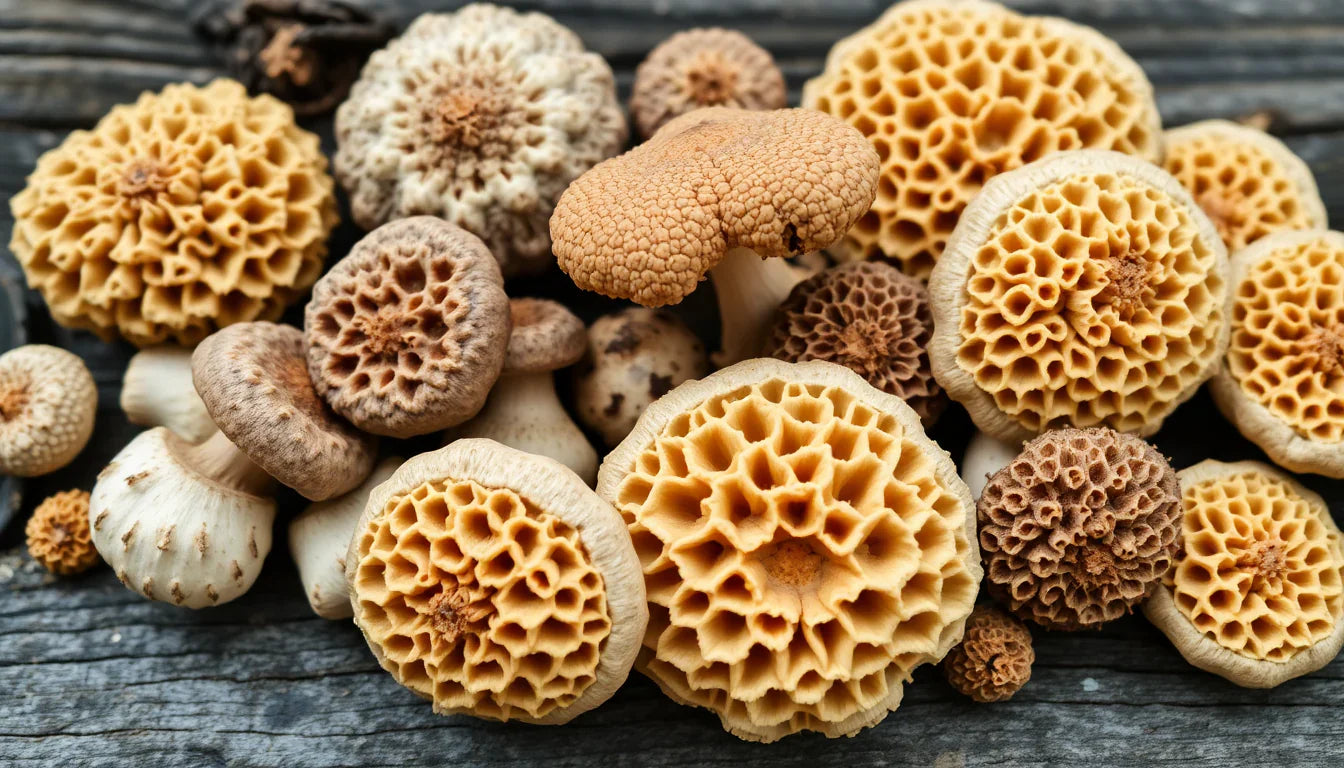
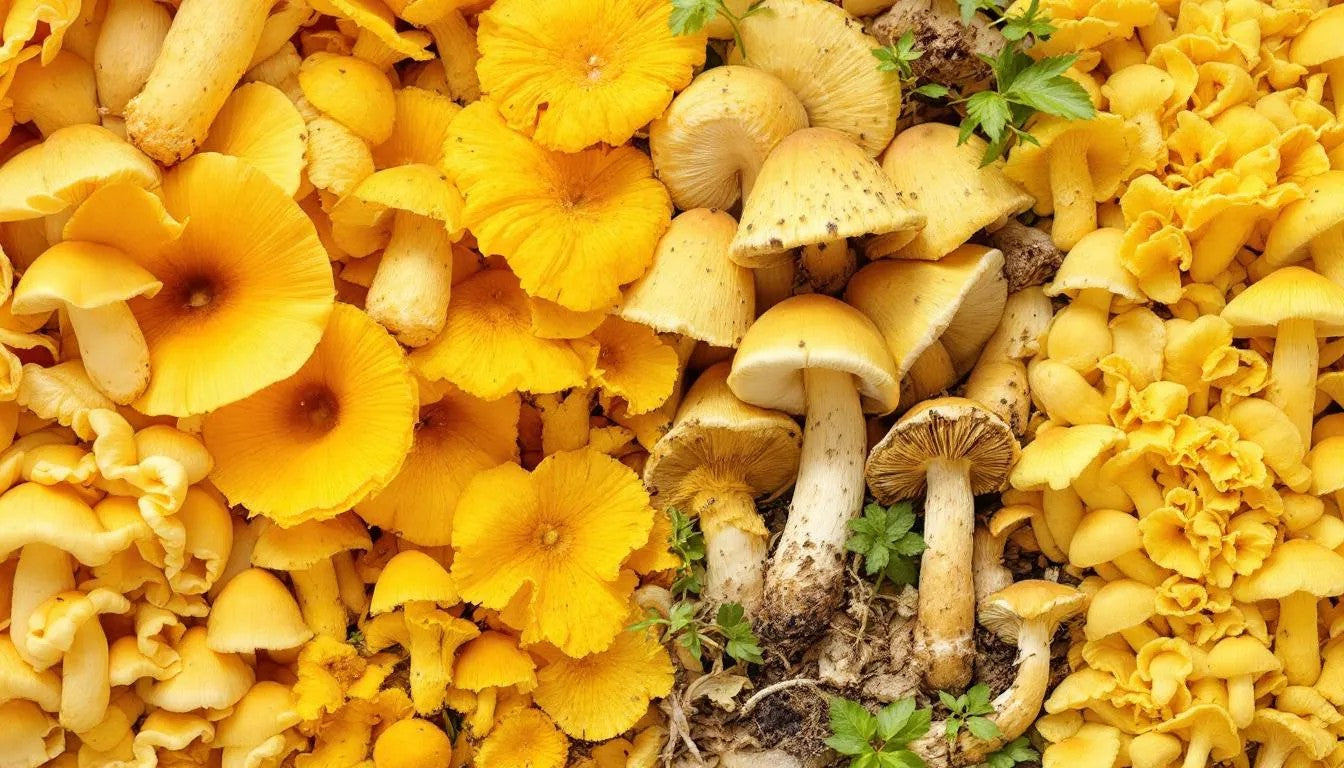
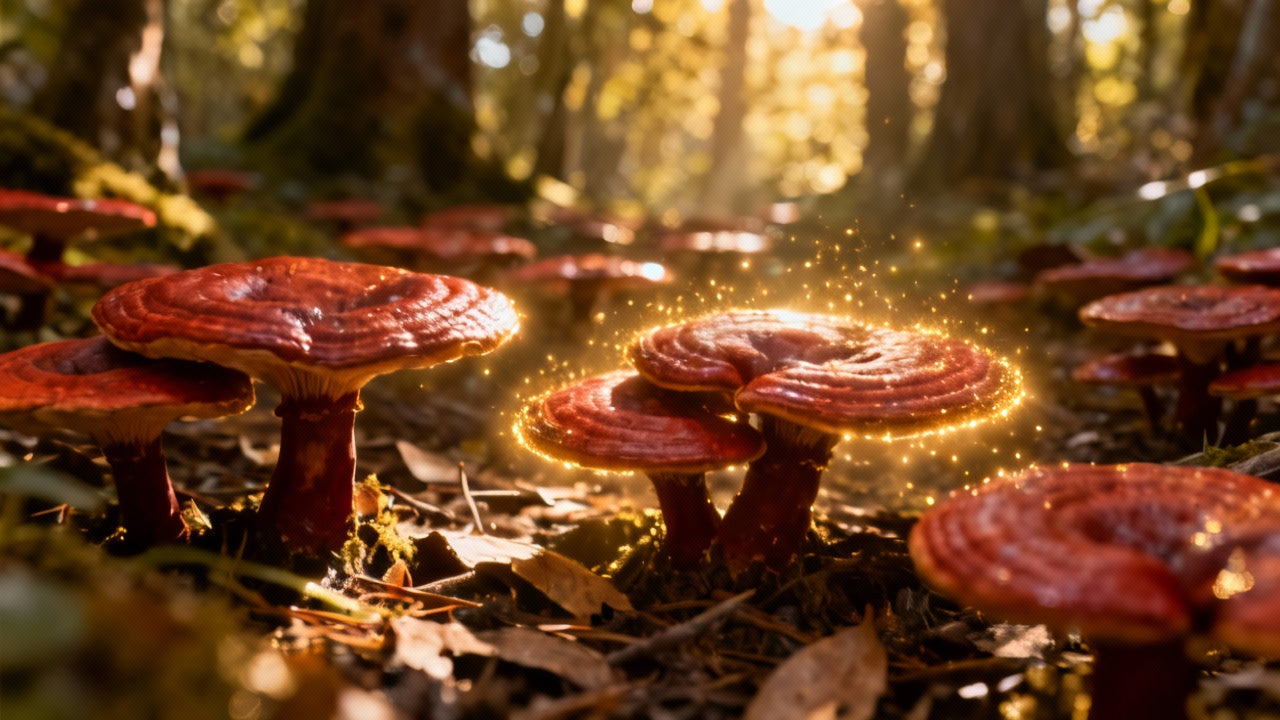
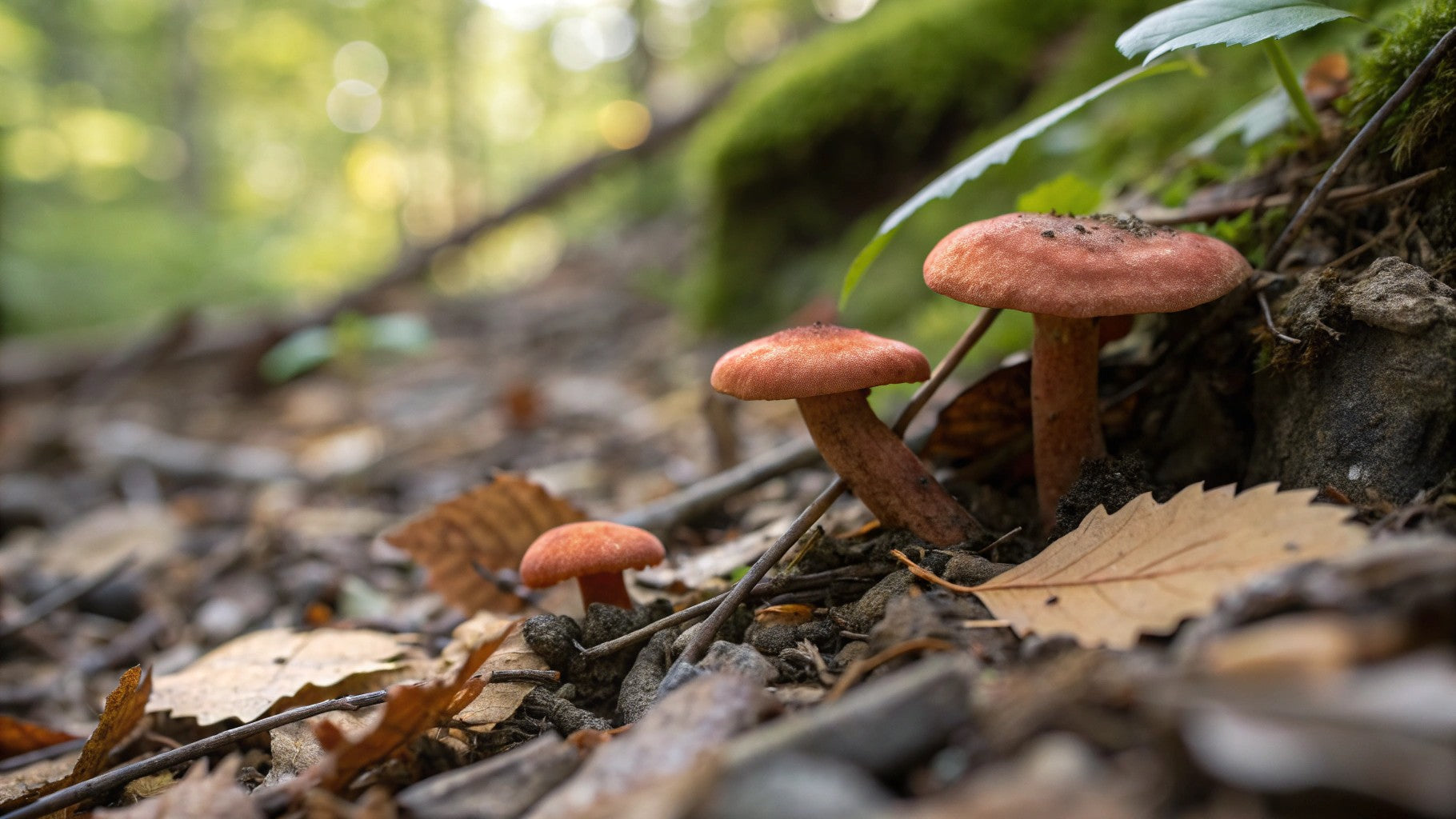
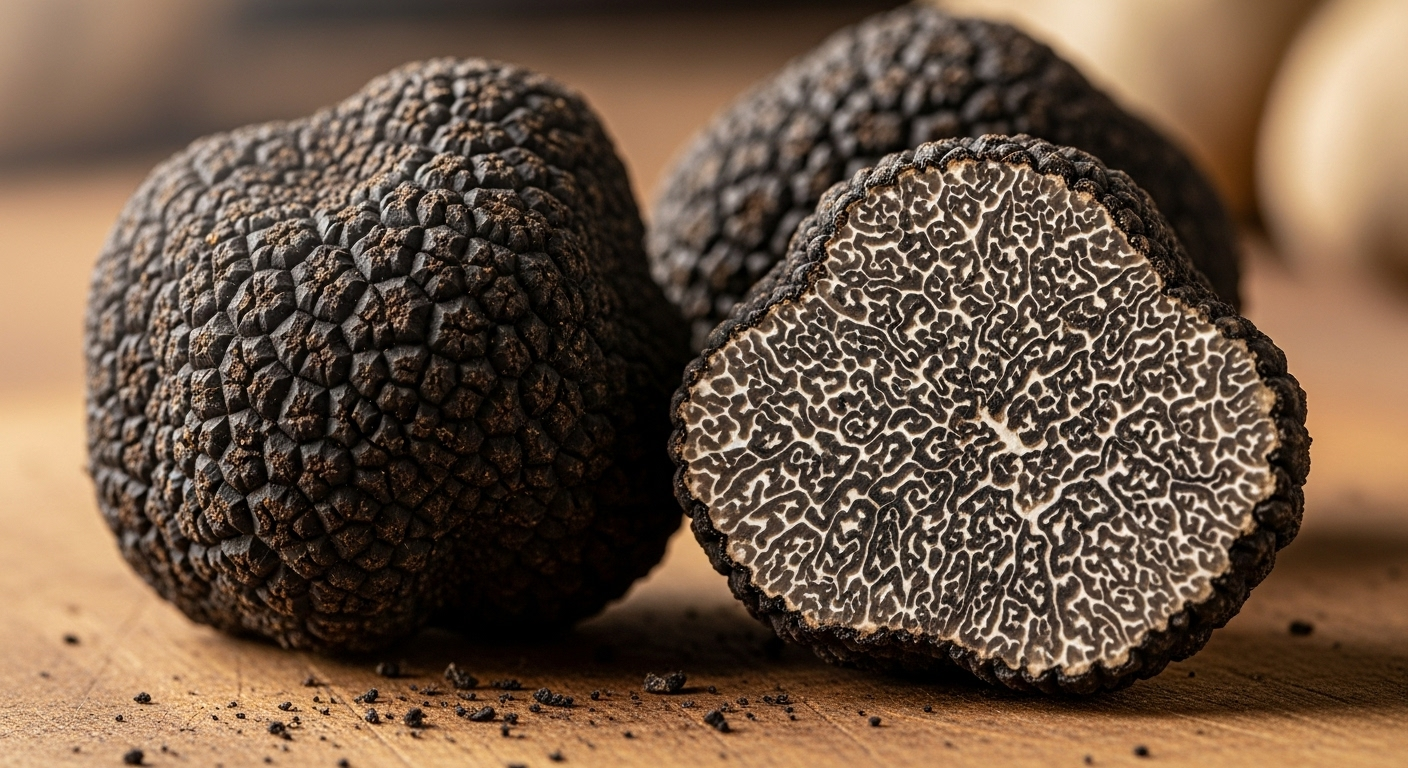
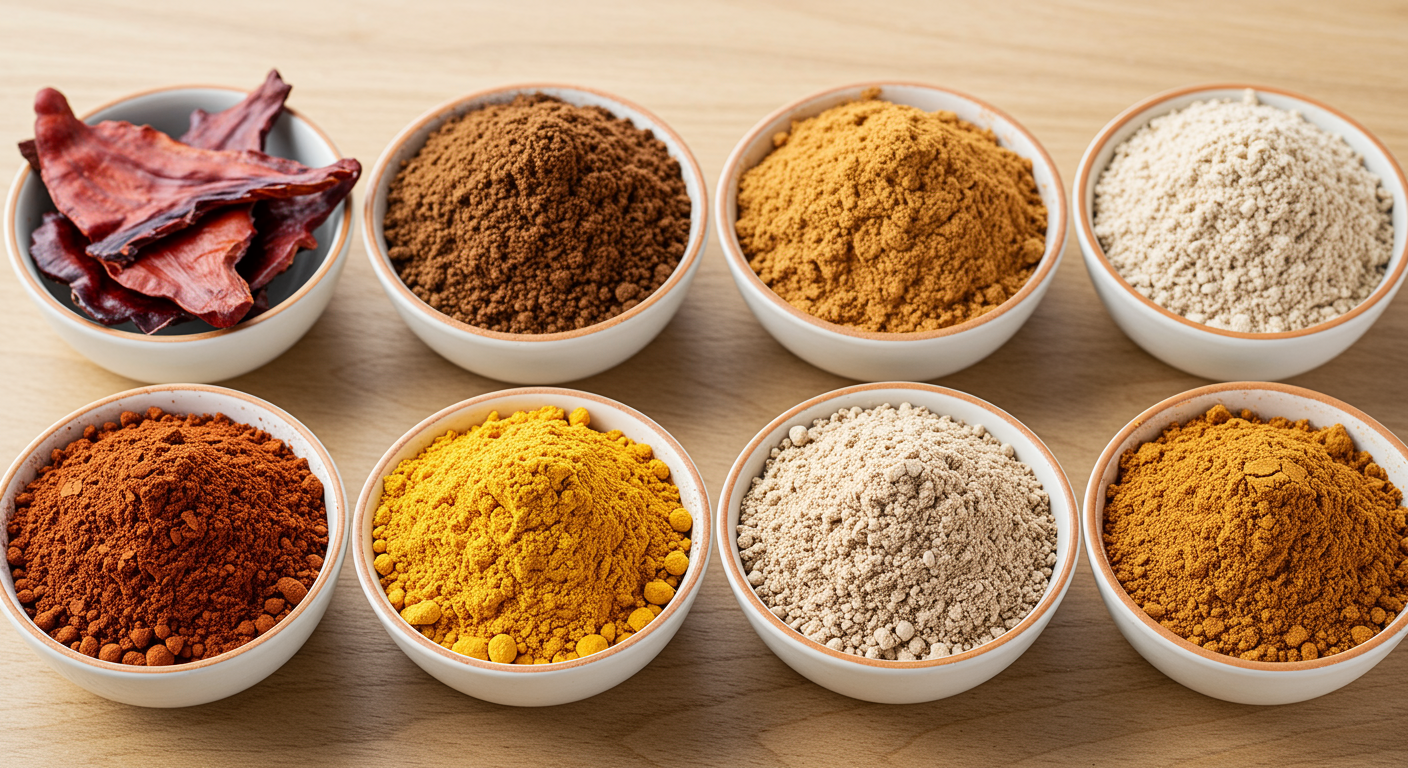

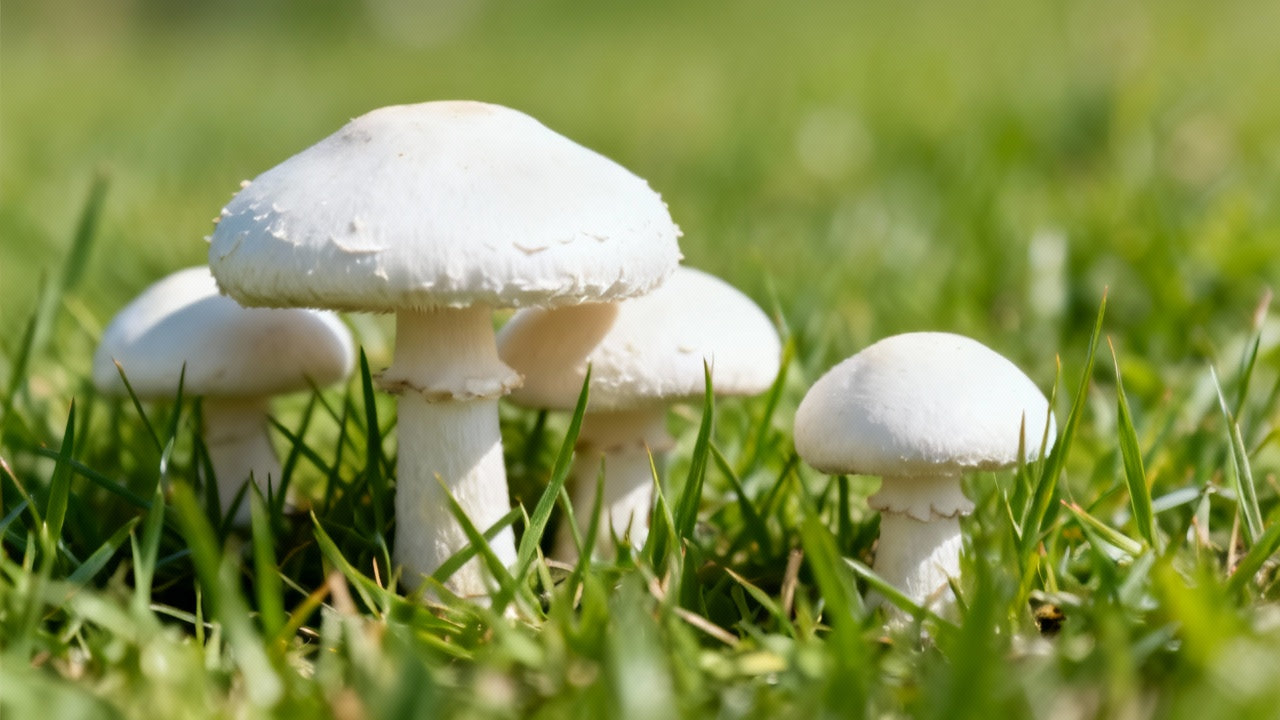
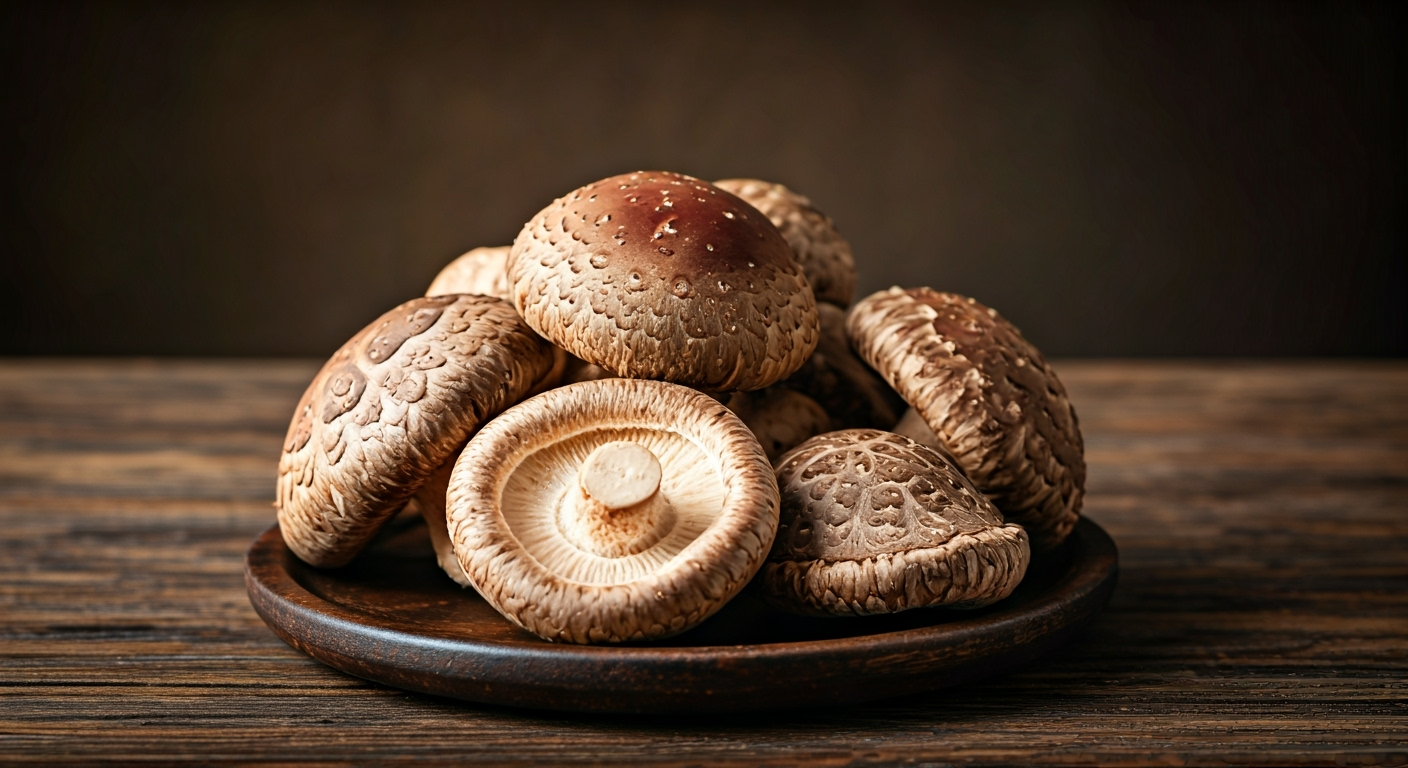
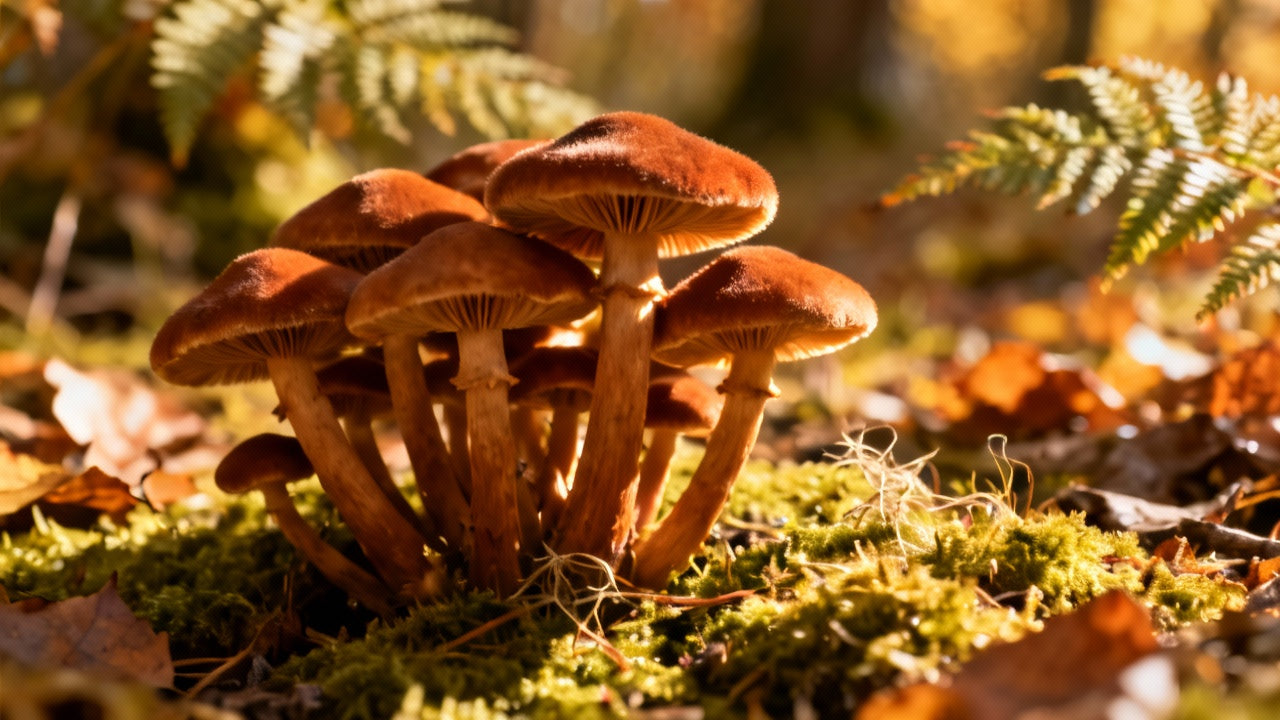
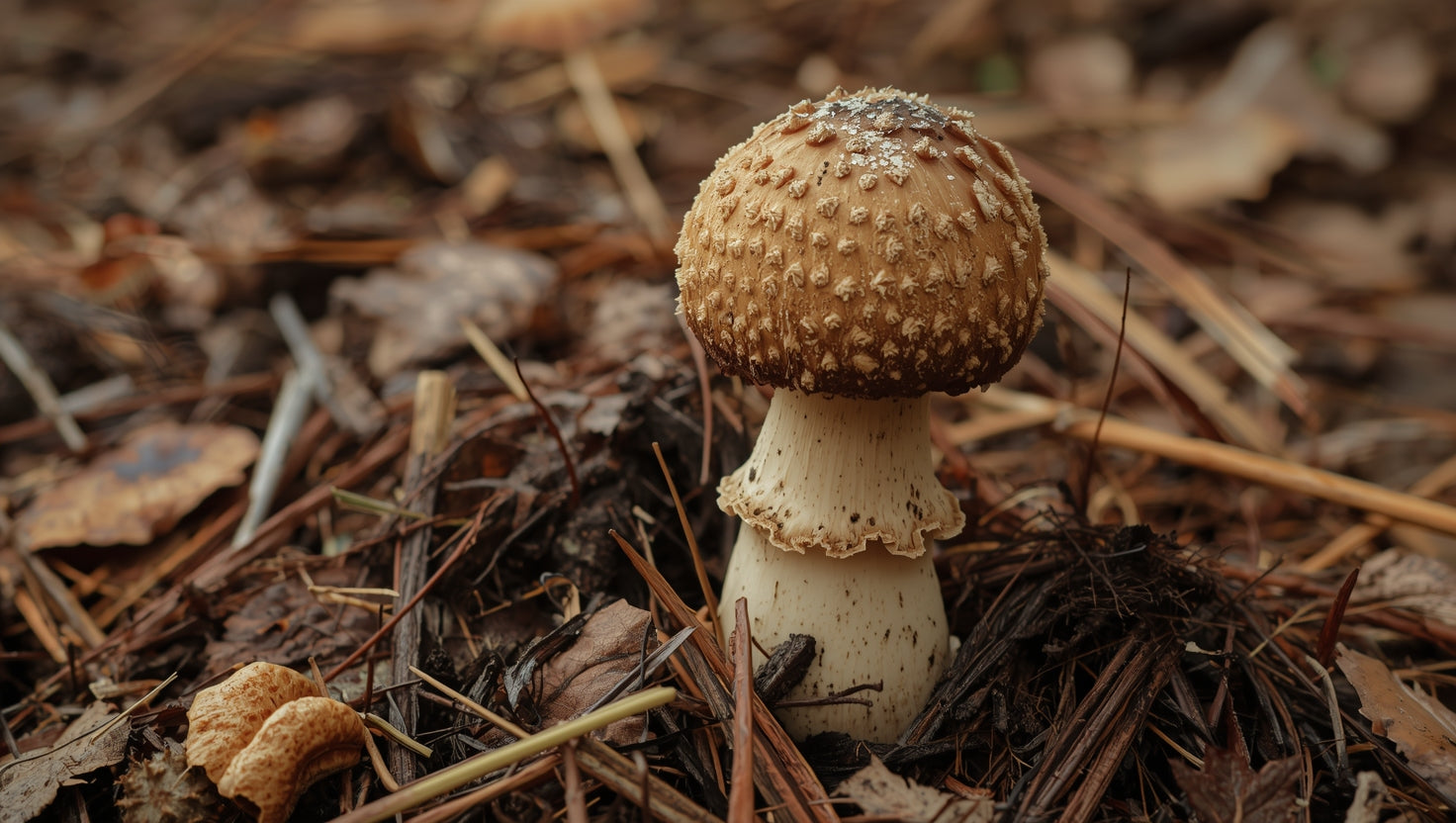
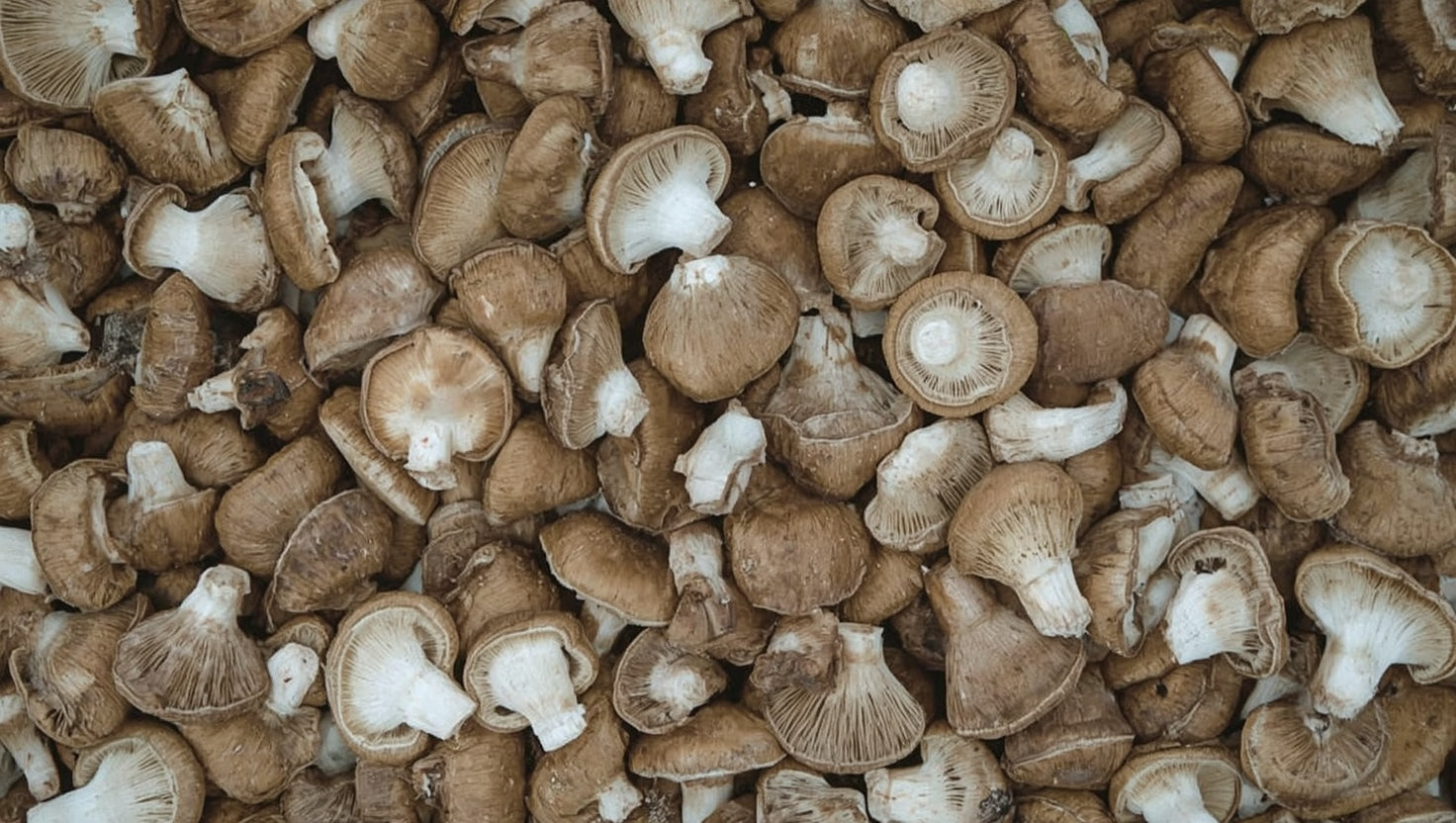
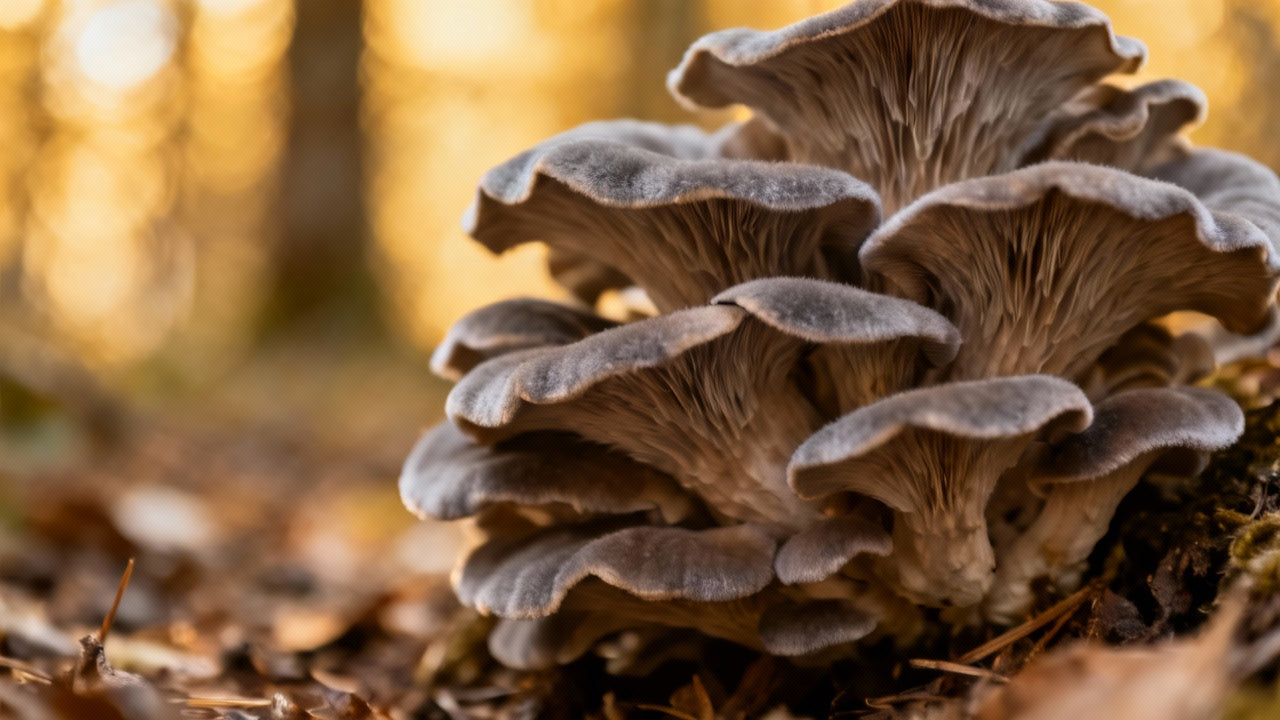
Share:
Morel Mushroom Identification Guide: How to Spot True Morels and Avoid Look-Alikes
What Do Morel Mushrooms Taste Like? A Gourmet’s Guide to Flavor and Texture